(NLDO) - Unusual seismic data in the Pacific Ocean has revealed a mysterious giant structure that has been buried deep inside the Earth since the time of dinosaurs.
According to SciTech Daily , a research team led by geologist Jingchuan Wang of the University of Maryland (USA) has identified the remains of a prehistoric seabed that was swallowed by the Earth about 250 million years ago.
"Our discovery opens new questions about how the deep Earth affects what we see on the surface over vast distances and time scales," said Dr Wang.
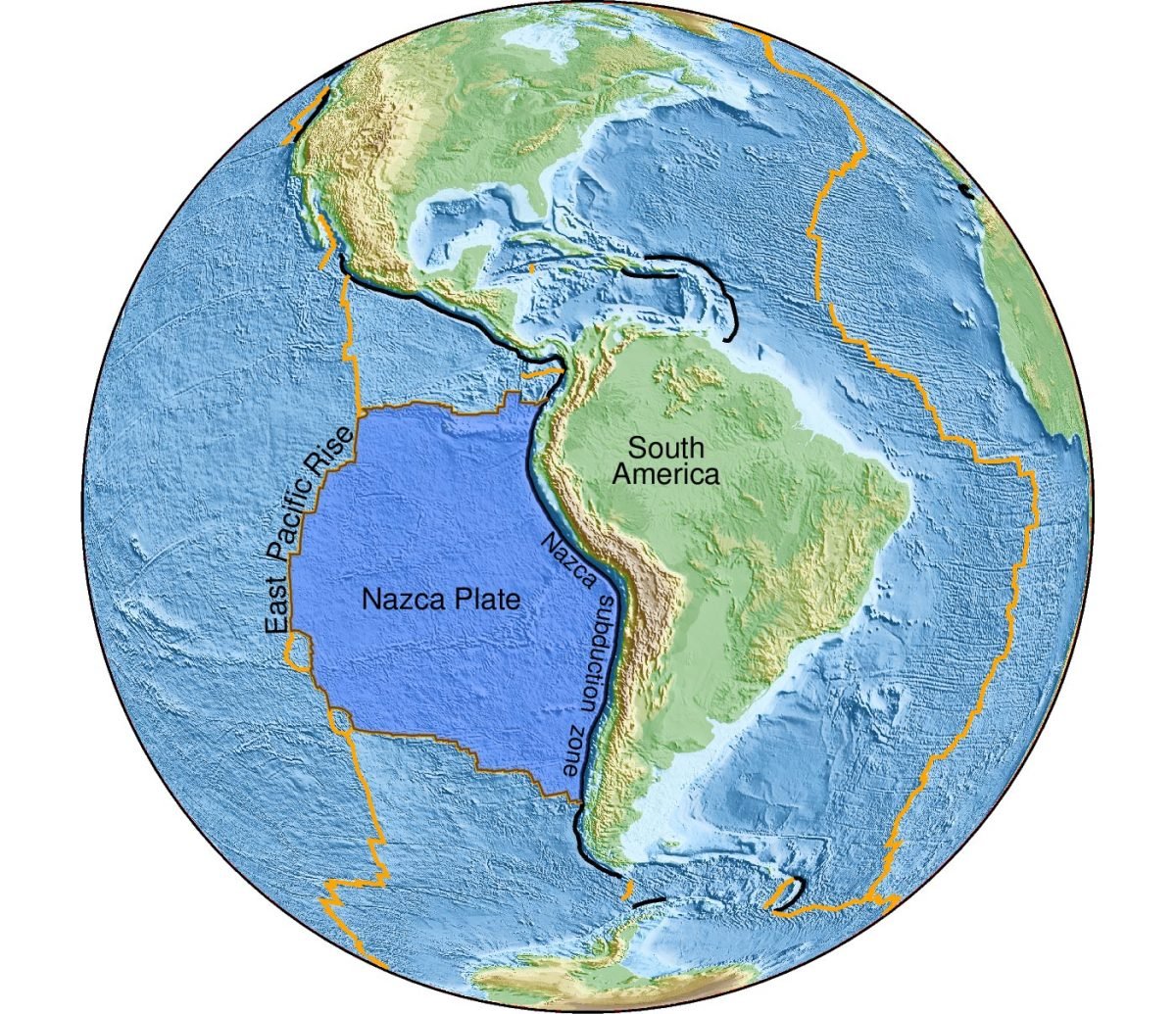
A mysterious structure moving beneath the Nazca Plate could be a piece of Earth's crust that burrowed down 250 million years ago - Photo: NATURE ADVANCE
By sending sound waves deep into the Earth to map seismic activity, Dr. Wang and his colleagues discovered something strange moving slowly under the Nazca tectonic plate in the Pacific Ocean.
Tectonic plates can be understood as giant pieces of the Earth's crust, carrying parts of continents or oceans on top. The surface of the Earth is made up of about 20 such plates.
Over time, the Earth's tectonic plates continually rearrange and slide over each other, causing the continents and oceans to change shape.
The plates that are subducted into the Earth's interior will also gradually melt, their materials will mix with the mantle materials and can be recycled, becoming the materials of other plates that rise to the surface in the future.
In this area, the Nazca Plate is currently subducting beneath the South American Plate. But there are some strange details.
First, to the west of this sinking plate, there is a huge, rapidly growing oceanic mountain range.
Additionally, in this region, material is sinking at only half the rate scientists expected, suggesting that something is blocking the way for material from above to sink deep into the mantle.
Further analysis revealed a structure that was denser and colder than the material around it, trapped in the upper part of the mantle.
Publishing their findings in the journal " data-gt-translate-attributes="[{" attribute="" tabindex="0" role="link">Science Advances , the authors suggest that the dense area is actually a "fossilized" patch of ancient seafloor.
" data-gt-translate-attributes="[{" attribute="" tabindex="0" role="link">It fortunately did not melt completely into the surrounding mantle material and appears to be stuck, suspended.
Its impact contributed to the development of the aforementioned giant oceanic mountain range.
This discovery is extremely exciting because the trapped state of this ancient seafloor provides a great opportunity to study what happens deep inside the Earth and further clarify the still mysterious theory of plate tectonics.
Looking forward, the team plans to expand their research to other regions of the Pacific and beyond.
This would include creating a more comprehensive map of ancient subduction and upwelling regions, or more ambitiously, full models of how tectonic plates have moved throughout Earth's history.
Source: https://nld.com.vn/trai-dat-tu-nuot-minh-roi-mac-nghen-o-thai-binh-duong-196241002081610371.htm


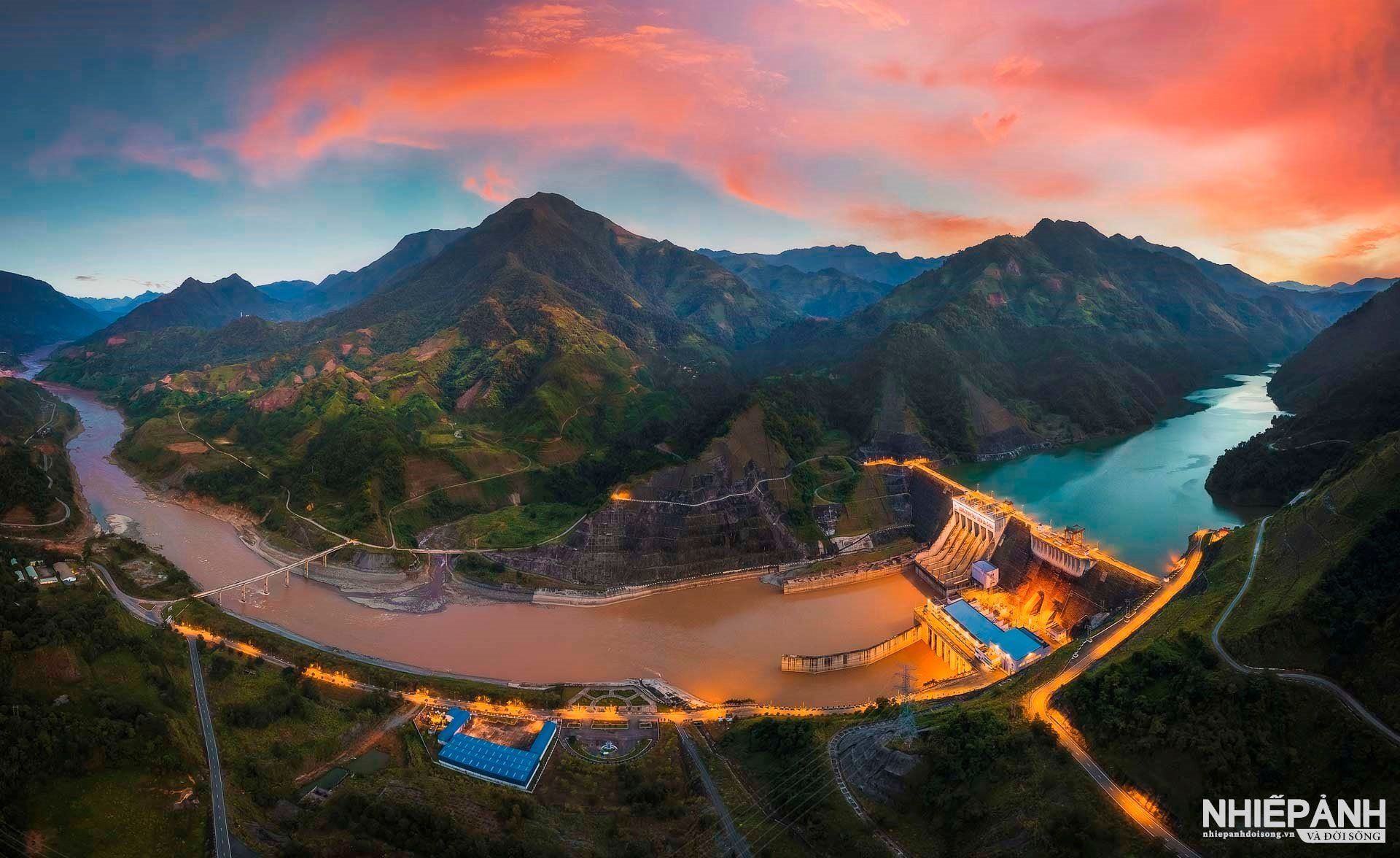
![[Photo] Speeding up construction of Ring Road 3 and Bien Hoa-Vung Tau Expressway](https://vstatic.vietnam.vn/vietnam/resource/IMAGE/2025/3/31/f1431fbe7d604caba041f84a718ccef7)
![[Photo] General Secretary To Lam receives US Ambassador to Vietnam Marc E. Knapper](https://vstatic.vietnam.vn/vietnam/resource/IMAGE/2025/3/31/5ee45ded5fd548a685618a0b67c42970)
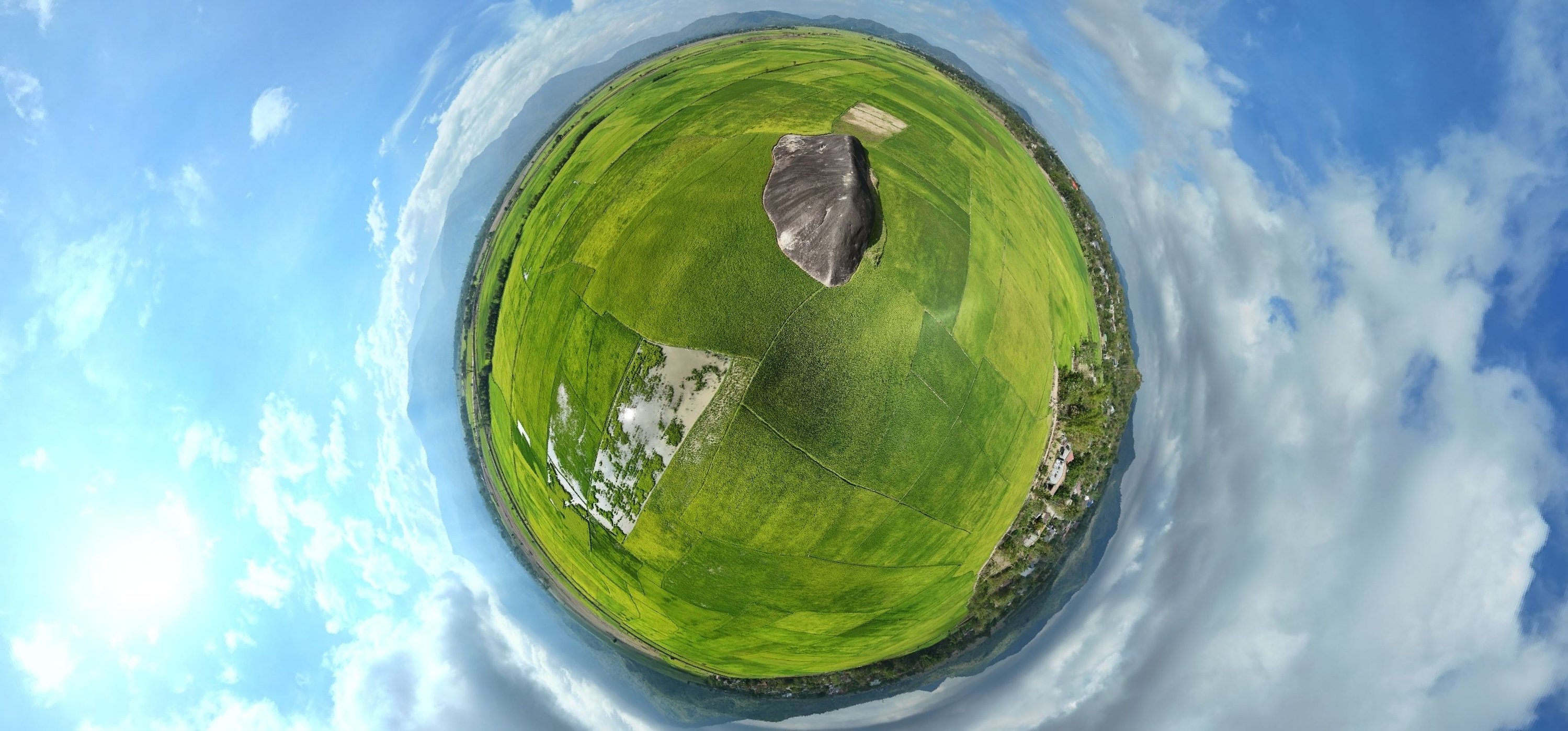
![[Photo] 2nd Conference of the Party Executive Committee of Central Party Agencies](https://vstatic.vietnam.vn/vietnam/resource/IMAGE/2025/3/31/8f85b88962b34701ac511682b09b1e0d)
![[Photo] Prime Minister Pham Minh Chinh receives delegation of leaders of US universities](https://vstatic.vietnam.vn/vietnam/resource/IMAGE/2025/3/31/8be7f6be90624512b385fd1690124eaa)

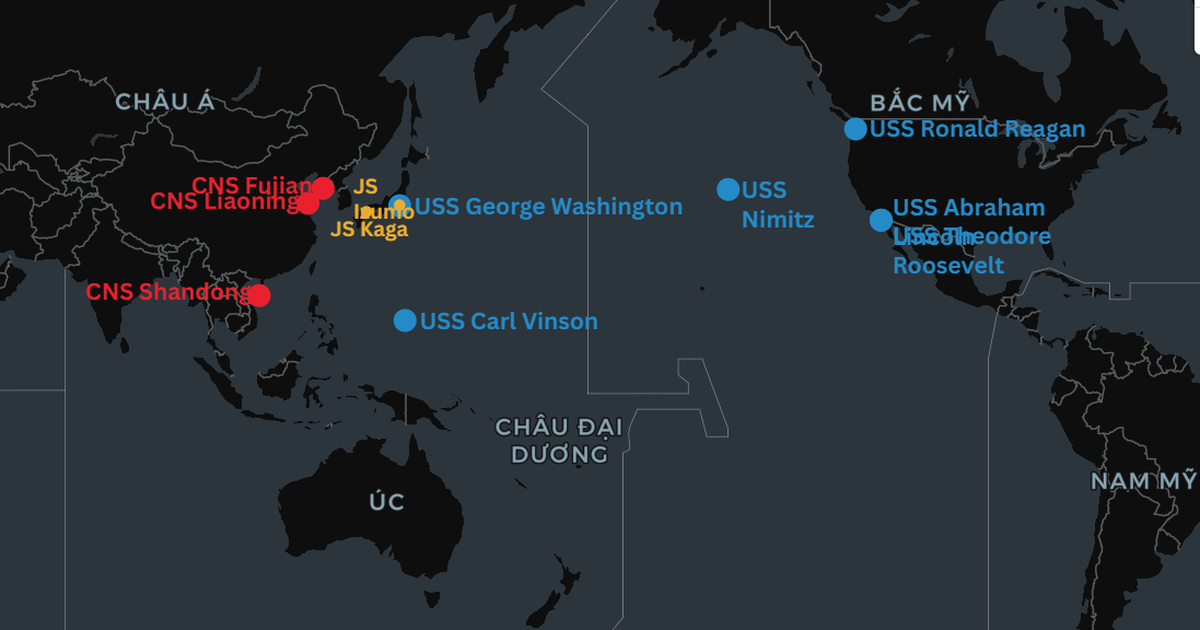


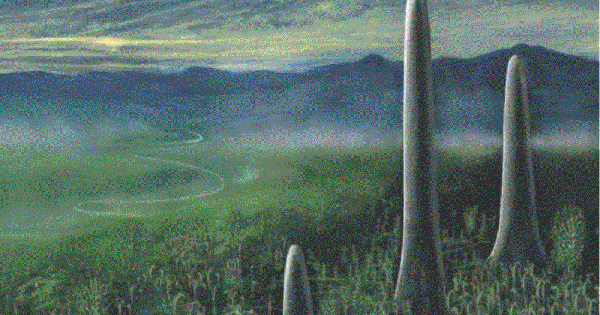
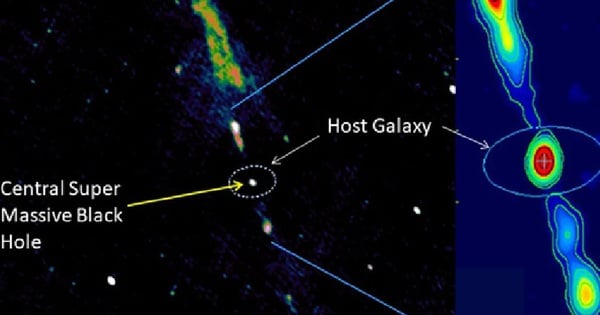
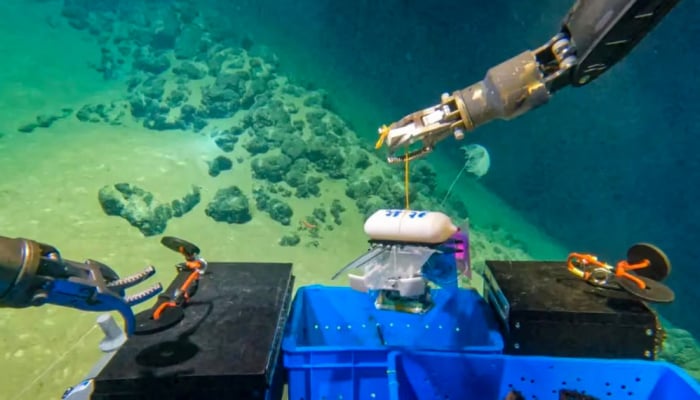

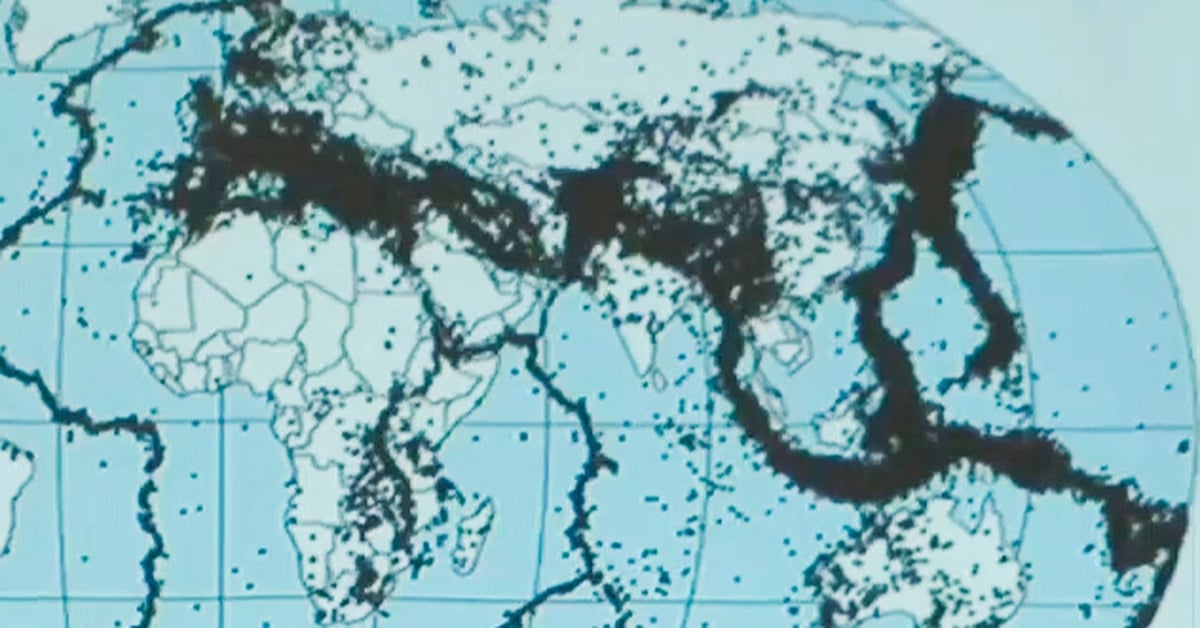


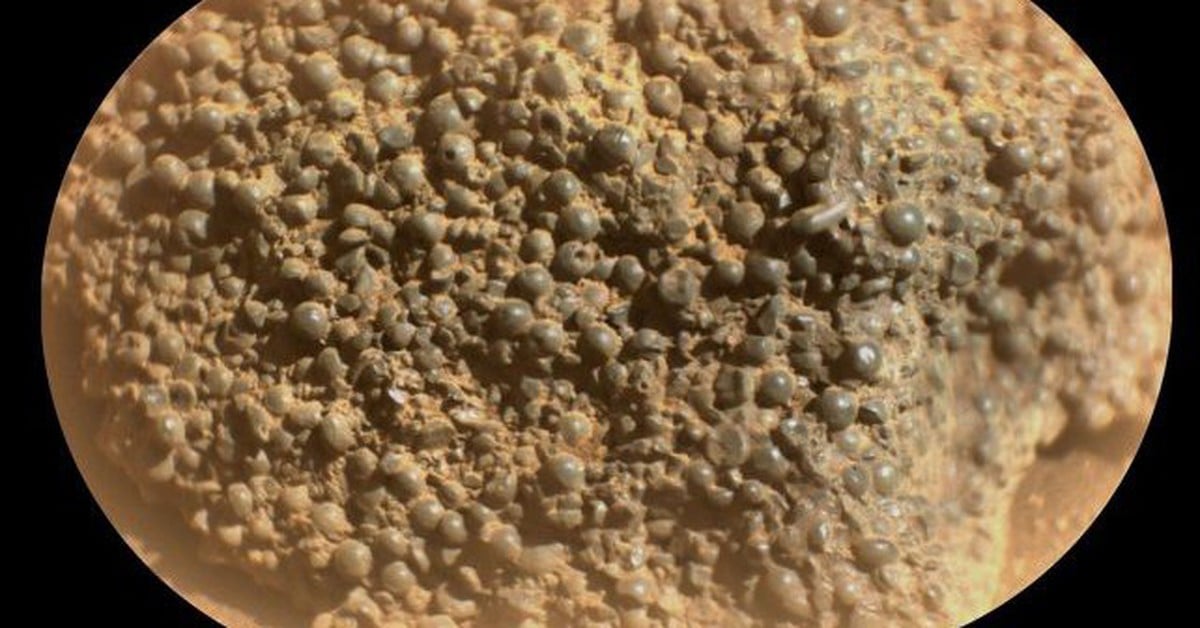











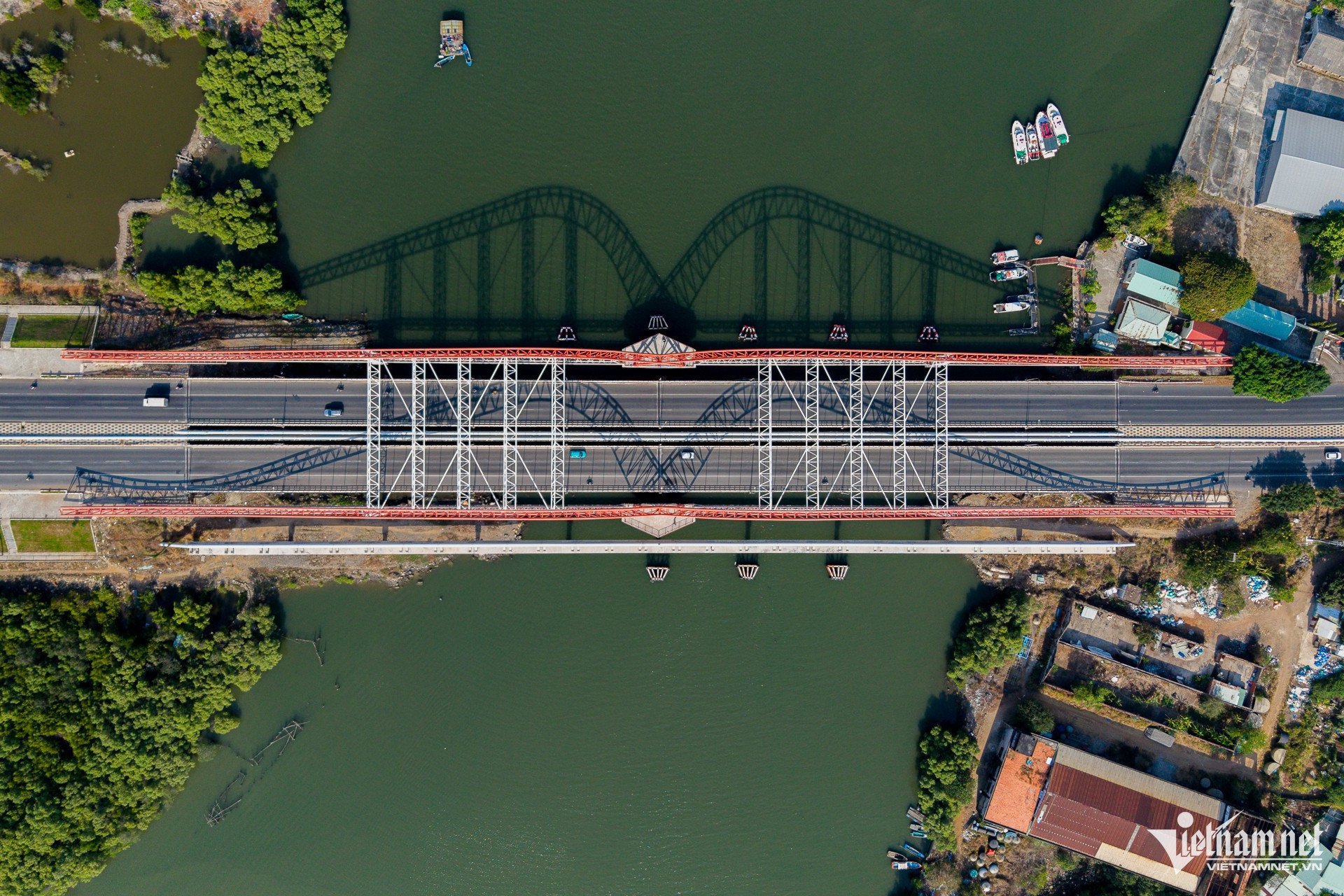
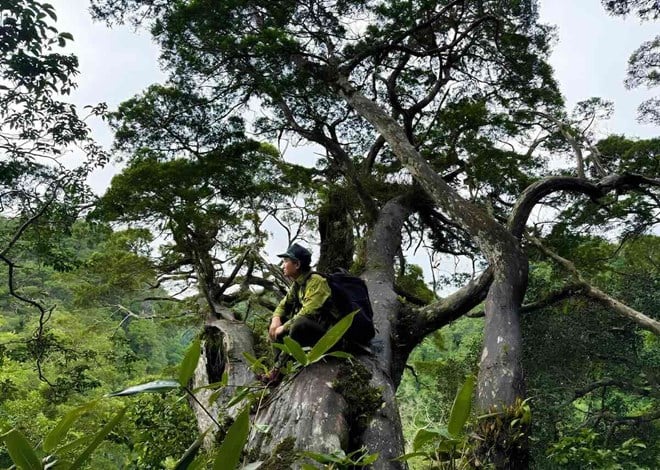

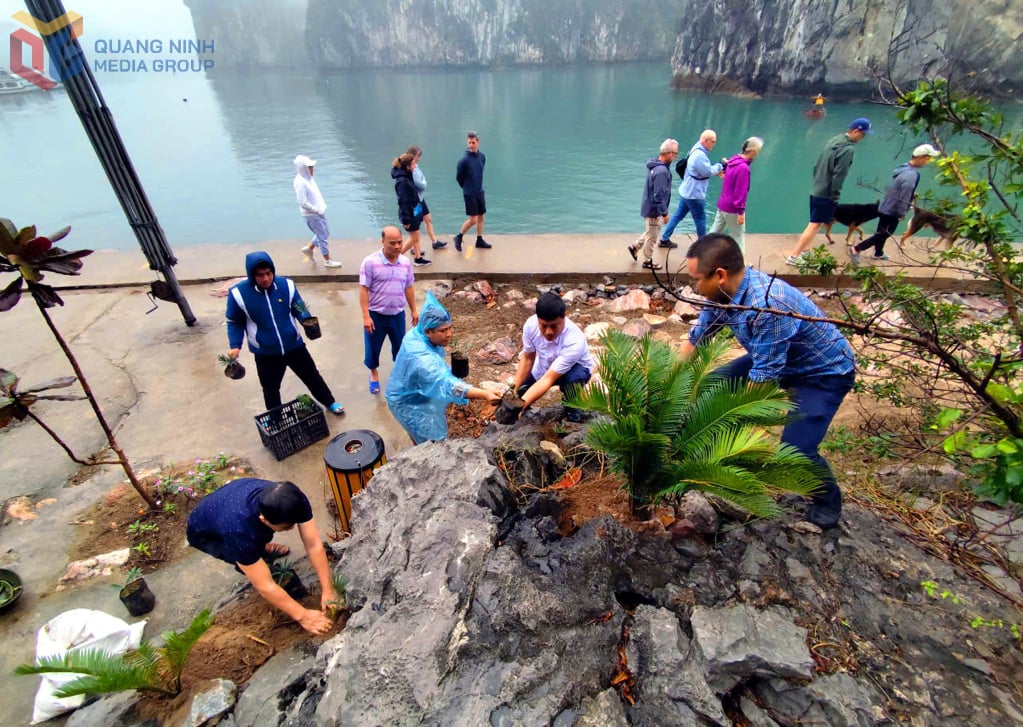










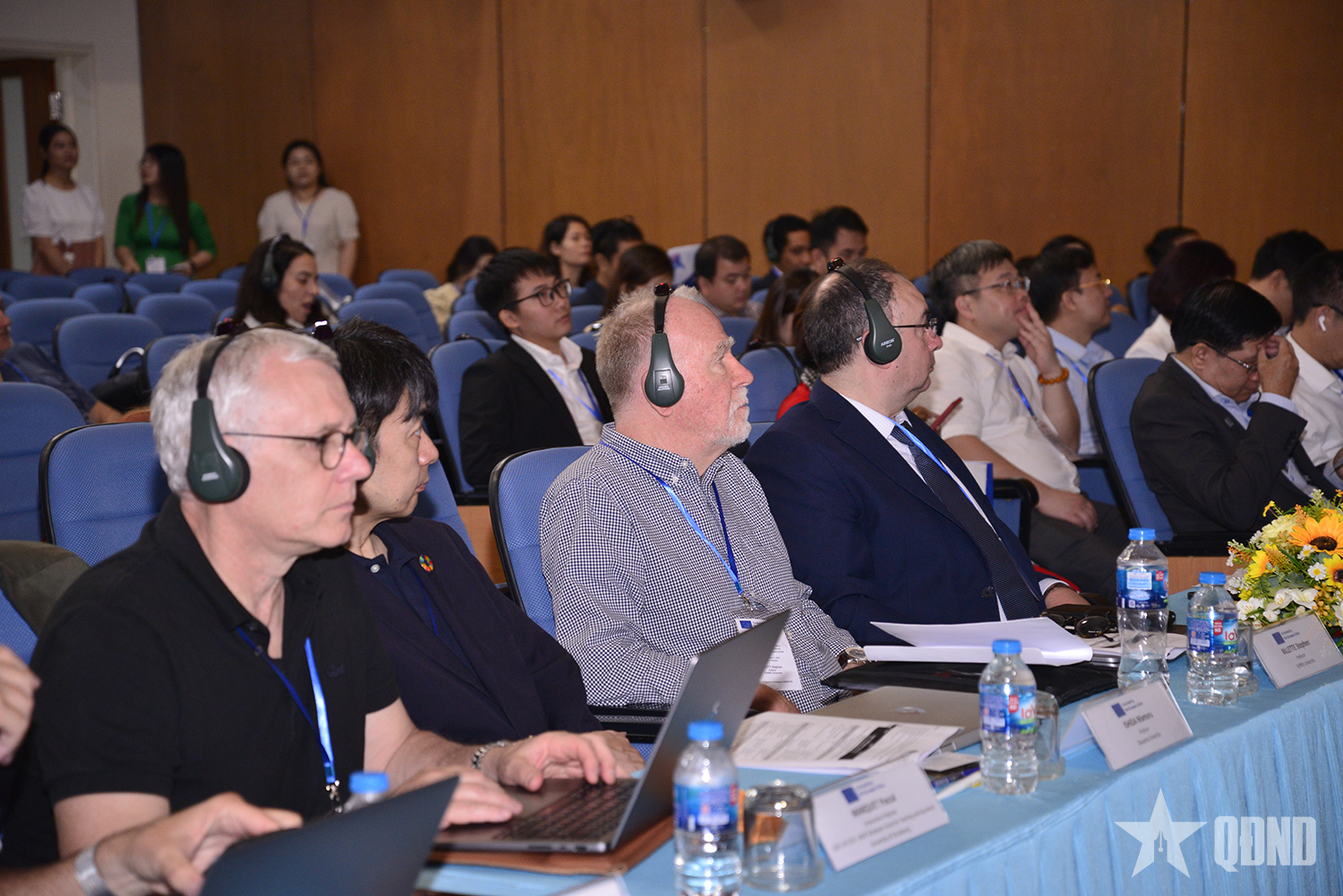















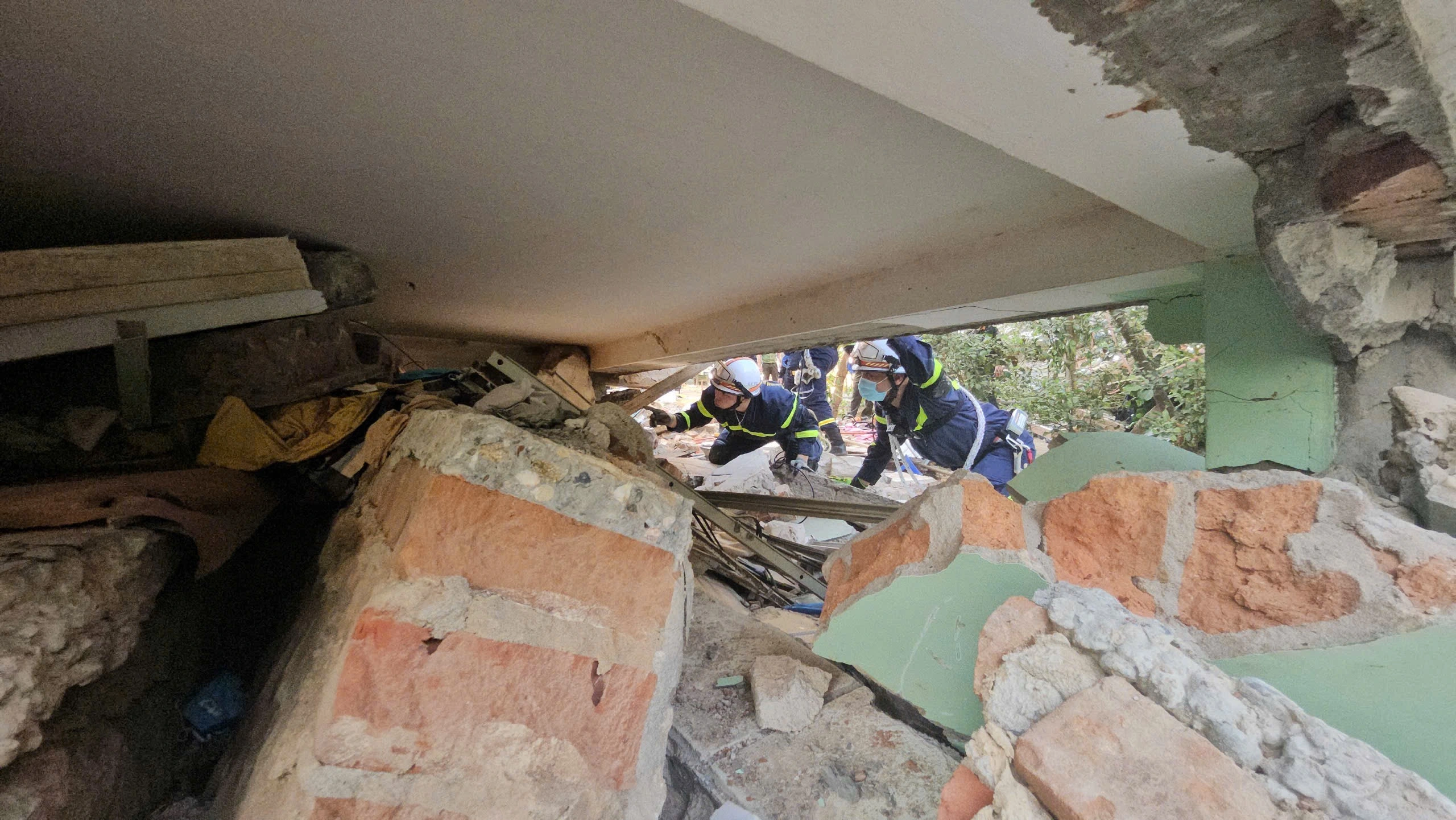


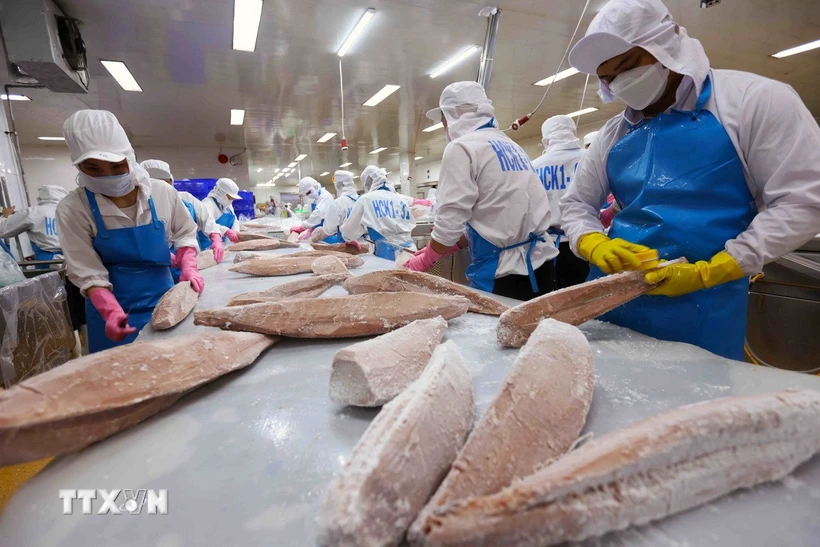









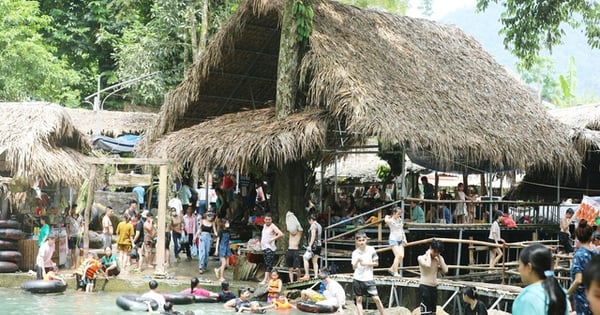
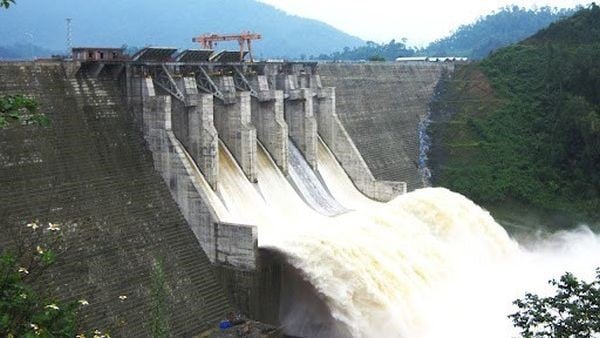






















![[REVIEW OCOP] An Lanh Huong Vet Yen Cat](https://vstatic.vietnam.vn/vietnam/resource/IMAGE/2025/3/27/c25032328e9a47be9991d5be7c0cad8c)
Comment (0)